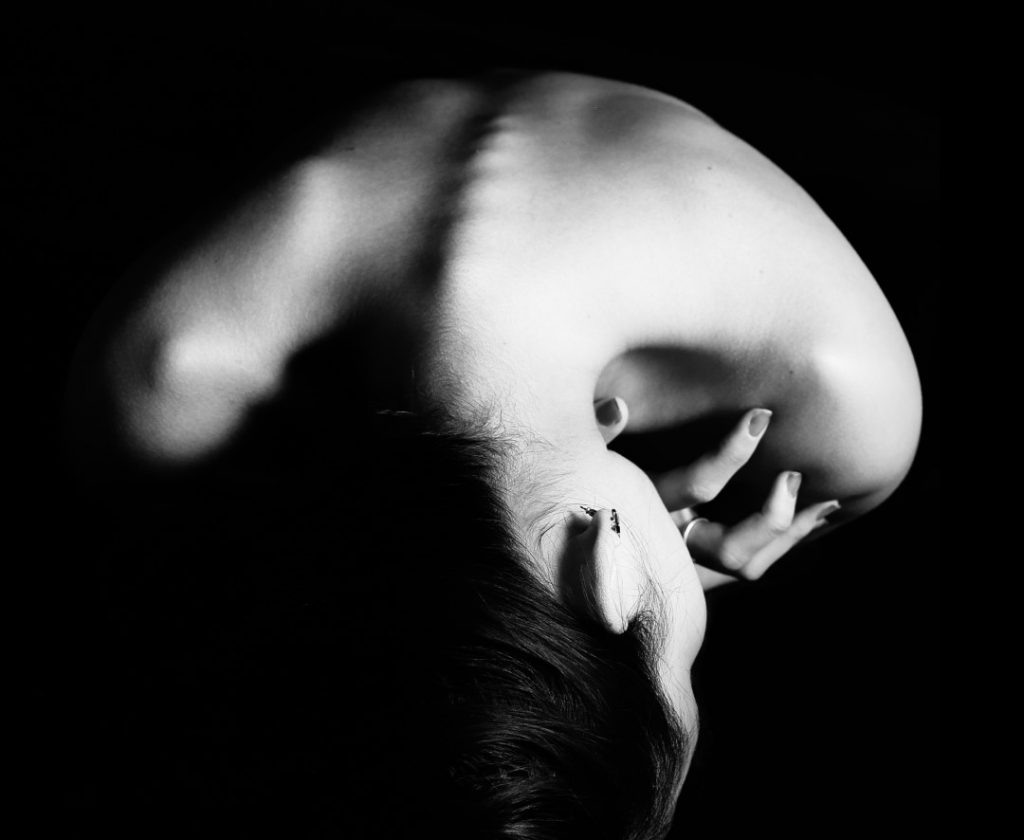Osteopaths are medically trained and use their highly developed sense of touch, known as palpation, to access and treat illness or injury. In osteopathy, the human body is treated holistically and clinicians work with patients to restore the body’s innate balance and health.

Osteopathy is a natural approach to healthcare that takes into account the whole individual. A system of diagnosis and hands-on treatment that is recognised as an effective way to relieve pain and restore mobility in muscles, joints, and ligaments. Osteopaths are highly trained, comprehensively regulated healthcare professionals, recognised by the NHS as fully qualified to diagnose and treat independently. They undergo career-long continuing professional development to retain their registration each year.
Osteopathy is extraordinarily safe and can reduce the need for medical treatment and promote recovery from illness or injury. It is also a successful form of treatment for some constitutional problems such as headaches and digestive complaints, the underlying cause of which often lies in the posture and mechanics of the body.
Your initial appointment will usually last for 1 hour. The clinician will gather a full case history, detailing the reason for your appointment. This will include your general health and past medical history as well as details of any accidents or injuries. This is followed by a detailed, hands-on examination of the problem area and other relevant areas of the body. We will then discuss your diagnosis and proposed plan of treatment. On the first visit you may be asked to undress to your underwear so the osteopath can view your spine. Medical gowns are available alternatively feel free to bring a vest top and shorts. Patients can provide the osteopath with any previous X-ray, test results, or listed medications via email or using their device at the consultation.
If you would like to talk through your symptoms before deciding whether to make an appointment, please do call us.
Treatment is hands-on and involves gentle and skilled manipulation of the whole body using a wide range of techniques, including massage, cranial techniques (sometimes referred to as ‘cranial osteopathy’) and joint mobilisation. It is recognised as an effective way of relieving pain and restoring mobility in muscles, joints and ligaments.
Osteopathic treatment is individual and may vary from one treatment session to the next, using an approach best suited to your needs at that specific time. This may also switch between techniques during treatment, as your body starts to release.
I regularly review my practice hygiene policy based on guidance from both healthcare regulators and Public Health England.
With these measures and precautions in place, there is a low risk of transmission within the clinic. Understanding that a hands-on treatment can not be a completely risk-free situation we are available to discuss your concerns via phone and offer guidance regarding appointments.
The health and safety of patients is my top priority.
Adding to our well-established and rigorous hygiene protocols we have developed an extra level of protection for all visiting patients. I now operate extended, staggered appointments to allow a complete change of PPE and carry out additional cleaning of equipment and fixtures between patients.
Sanitising all touchable hard surfaces between patients; including door handles, toilet flusher, cloakroom taps, card payment machines, and doorbell.
Stopped the use of towelling couch covers to make it easier to cleanse the treatment couch between appointments, which is now either sprayed with disinfectant or wiped down with medical-grade sanitiser.
Using wipeable pillows and removed all soft furnishings such as seat cushions, foam blocks. Plus ‘therabands’, children’s book and toys. Moving to ‘non-touch’ greetings; a simple hello, head nod or ankle tap are options to replace handshakes and hugs until the crisis passes.
If anyone in my household develops any symptoms that could indicate COVID-19 infection, your face-to-face appointment will be cancelled, with as much notice as practically possible, and all patients treated in the previous 14 days contacted ASAP.